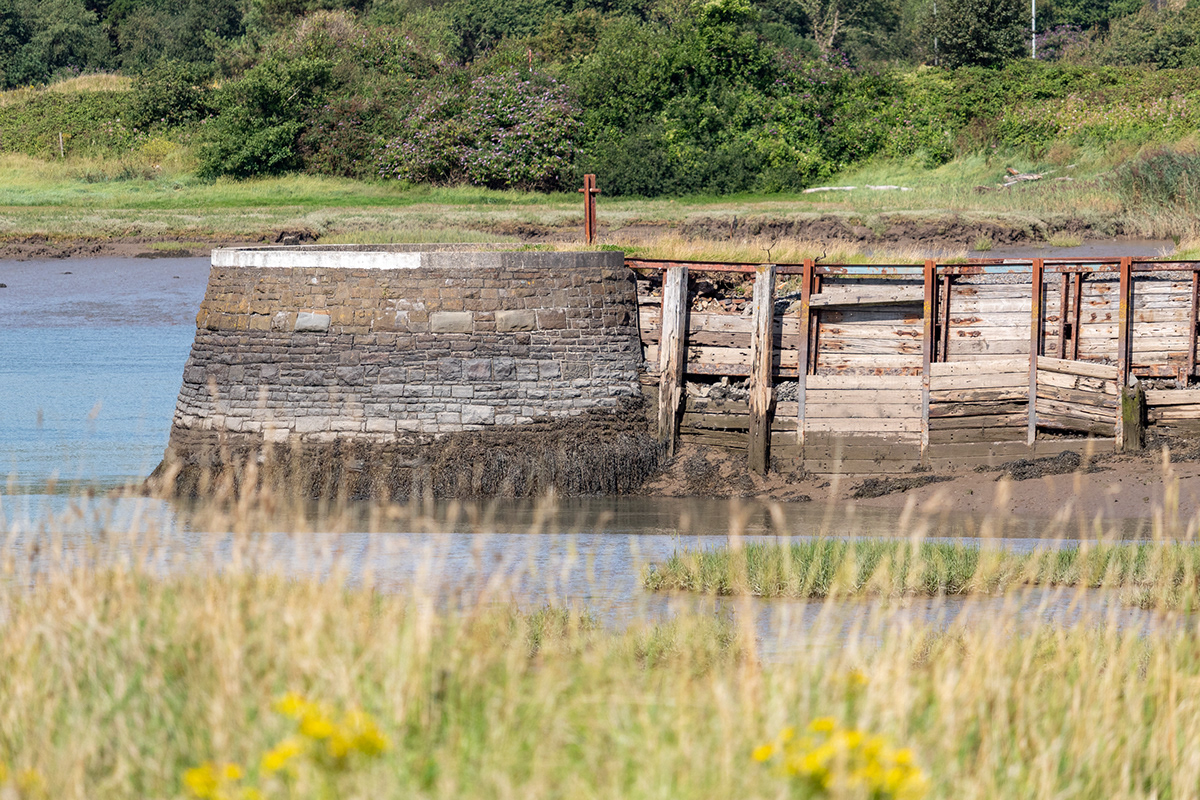_______________________________________________________________________
A study of
T h e A r m s t r o n g T o w e r a n d B r u n e l D o c k
Isn't it strange and interesting that sometimes you take a more detailed look at something familiar that a whole host of history is revealed?
This happened to me recently as I passed over the Briton Ferry Bridge on the motorway from Port Talbot to Swansea.
I have passed this way what must have been hundreds of times without giving the view before a second thought but a recent article on the TV whetted my appetite to get a closer look, and I was not disappointed.
Visit Date July 2021
_______________________________________________________________________

This is Briton Ferry docks, built in the 1850s.

This area was close to Ironworks and massive coal production so docks were built in lots of places around this coast. So what was special about this one well the first thing to catch my attention was that this was designed and built by Isambard Kingdom Brunel ***( an English civil engineer who is considered "one of the most ingenious and prolific figures in engineering history, one of the 19th-century engineering giants, and "one of the greatest figures of the Industrial Revolution, who changed the face of the English landscape with his groundbreaking designs and ingenious constructions. Brunel built dockyards, the Great Western Railway (GWR), a series of steamships including the first propeller-driven transatlantic steamship, and numerous important bridges and tunnels. His designs revolutionised public transport and modern engineering.*** (thanks to Wikipedia))

The dock was completed by Brunel's chief assistant, Robert Pearson Brereton in 1861 two years after Brunel's death in 1859.

The dock was originally called the Briton Ferry Floating dock but has been renamed as The Brunel Dock.

Some of the design for the dock was remarkable as it marked his experimental work on buoyant lock gates, and the move from wooden gates to Iron and this is thought to be the only surviving example of this work.

The power for this was housed in Brunel's tower named "The Armstrong Tower" which contains the hydraulic accumulator which powered the lock gates and cranes of the unique Briton Ferry floating dock.
The tower housed this accumulator, supplied by Sir William Armstrong. Inside, a weight pushed down on the water in a cylinder. The high-pressure water then operated the lock gate, cranes and other machinery. The weight gradually descended as the water was used. It was moved back up the tower by power from a stationary steam engine nearby.

The engineering savvy amongst you may well understand how this was done but for us normal folk the plaque on the tower states:-
" A column of water that lifts a hundred tons".
Thank you for visiting my Project.
